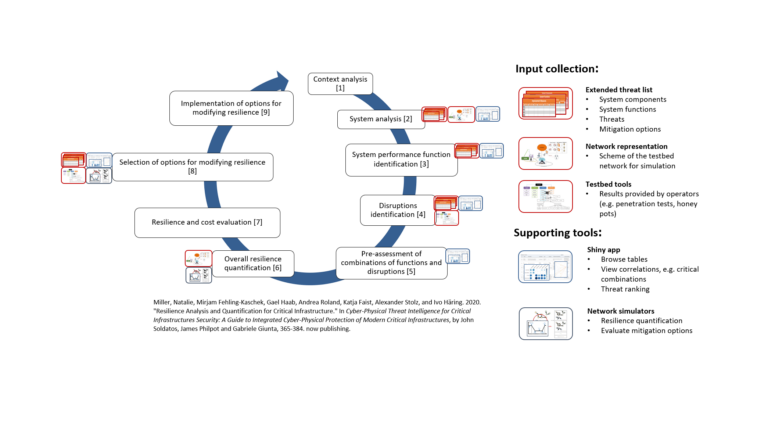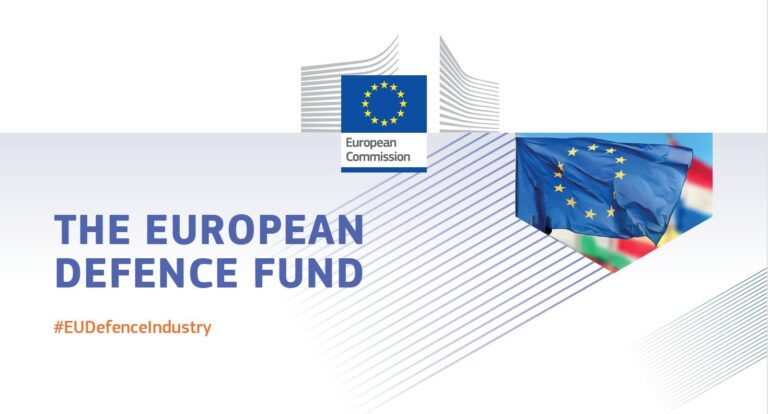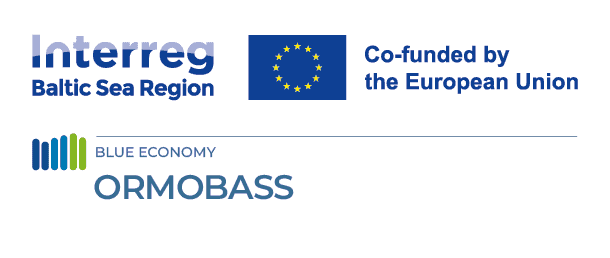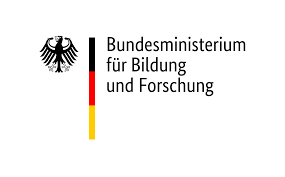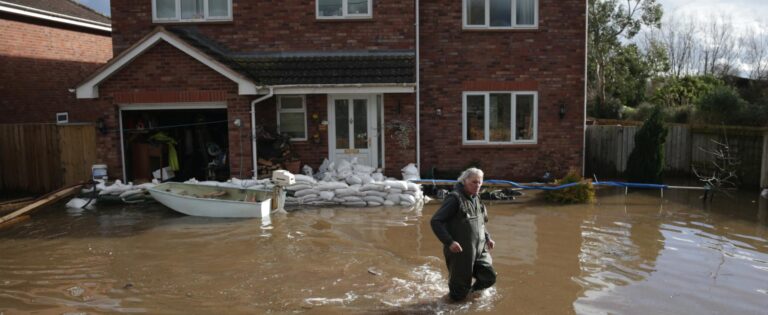Result description
One of the main results of the RESISTO project is the implementation of the resilience management process. This process was implemented for a variety of telecommunication operator testbeds and begins with discussions regarding system components, performance functions, disruptions experienced and potential mitigation options. The data collected during these discussions, plus a network diagram, allows for the critical combinations of threats/disruptions and performance functions to be determined and the overall resilience of the network to be quantified using network simulation. Mitigation actions can be implemented in the simulations with the aim of improving the network resilience. Supporting tools of this process include testbed tools provided by end users such as honey pots, as well as an application that allows for correlation investigation. The main tool for quantifying the resilience is a simulation tool that models networks on a topology and flow level, based on the input from the operators and the network diagram provided. This simulation is an offline analysis and can model different threat types including DDOS attacks, or natural disasters.
Addressing target audiences and expressing needs
- Grants and Subsidies
We are looking for end users and partners to further collaborate and validate this resilience assessment. This can include other resilience institutes with a focus on risk and resilience, and ideally, critical infrastructure operators such as railway operators, power suppliers (TSO or DSO), or government agencies. Critical infrastructure opreators acting as end users and providing the necessary data and discussions is vital for the testing of this process.
- Public or private funding institutions
- EU and Member State Policy-makers
- International Organisations (ex. OECD, FAO, UN, etc.)
R&D, Technology and Innovation aspects
Our current stage is applying this resilience management process to the telecommunication infrastructure. This is done in the project RESISTO. Next steps include applying the process to other critical infrastructures, such as the water network or the power grid. In the simulation tool utilized, the next steps include adapting the simulation to real time, as well as adding additional complexity.
The process itself can be replicated with any network system that faces a variety of physical, cyber or combined physical-cyber threats. All critical infrastructure networks such as the power grid, water network or railways can be tested using this method. The process would be the same for all of these networks and the results would highlight the resilience of the networks, the critical combinations of threats, performance functions and components, and show which improvement measures work better than others.
In our research, resilience is defined as the ability for a system to maintain functionality during a disruptive event and bounce back quickly after an event occurs. This definition inherently incorporates sustainability, as we want the systems to be able to adapt and recovery after events, without being completely destroyed or needing to be rebuilt. With reduced damages caused by disruptive events, money is saved on recovery costs and less losses as there will be less downtime after an event occurs.
Result submitted to Horizon Results Platform by FRAUNHOFER GESELLSCHAFT ZUR FOERDERUNG DER ANGEWANDTEN FORSCHUNG E.V.

